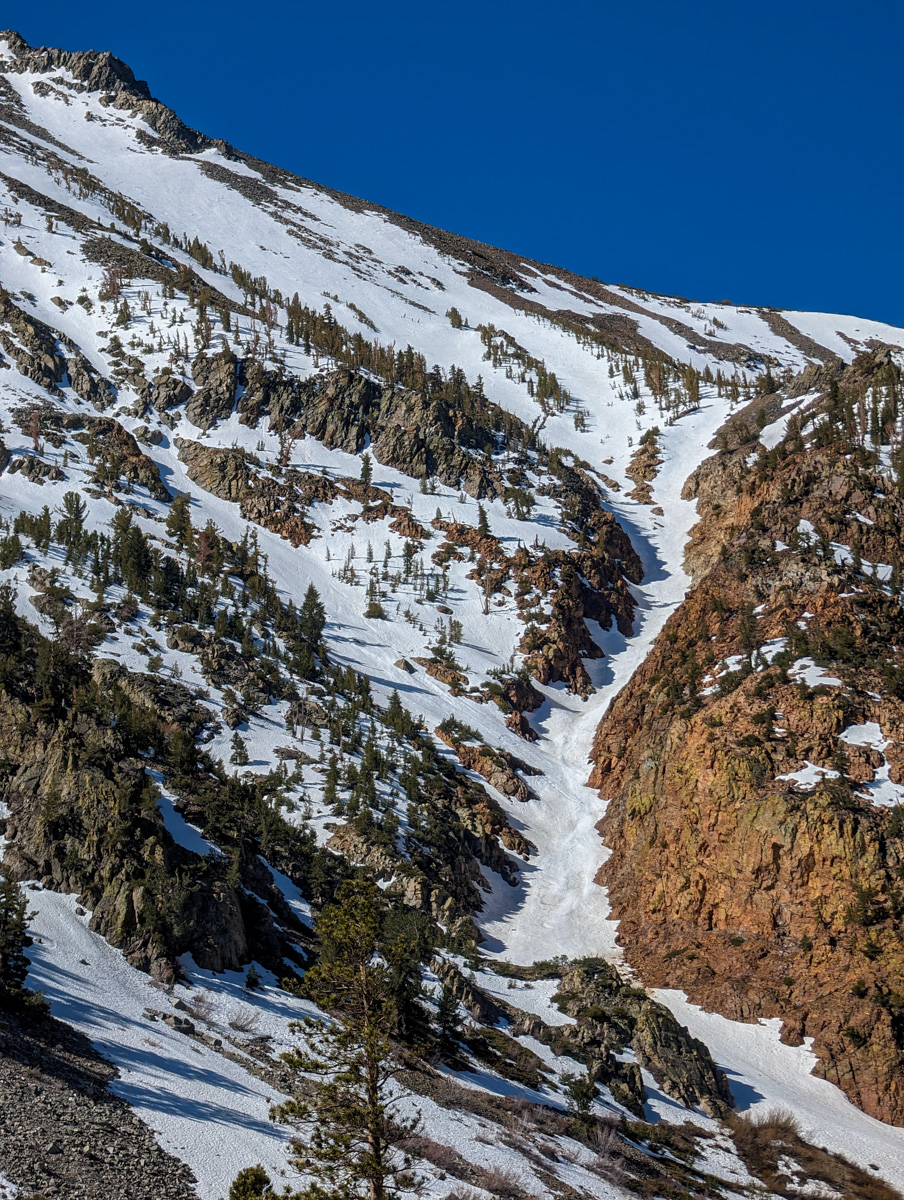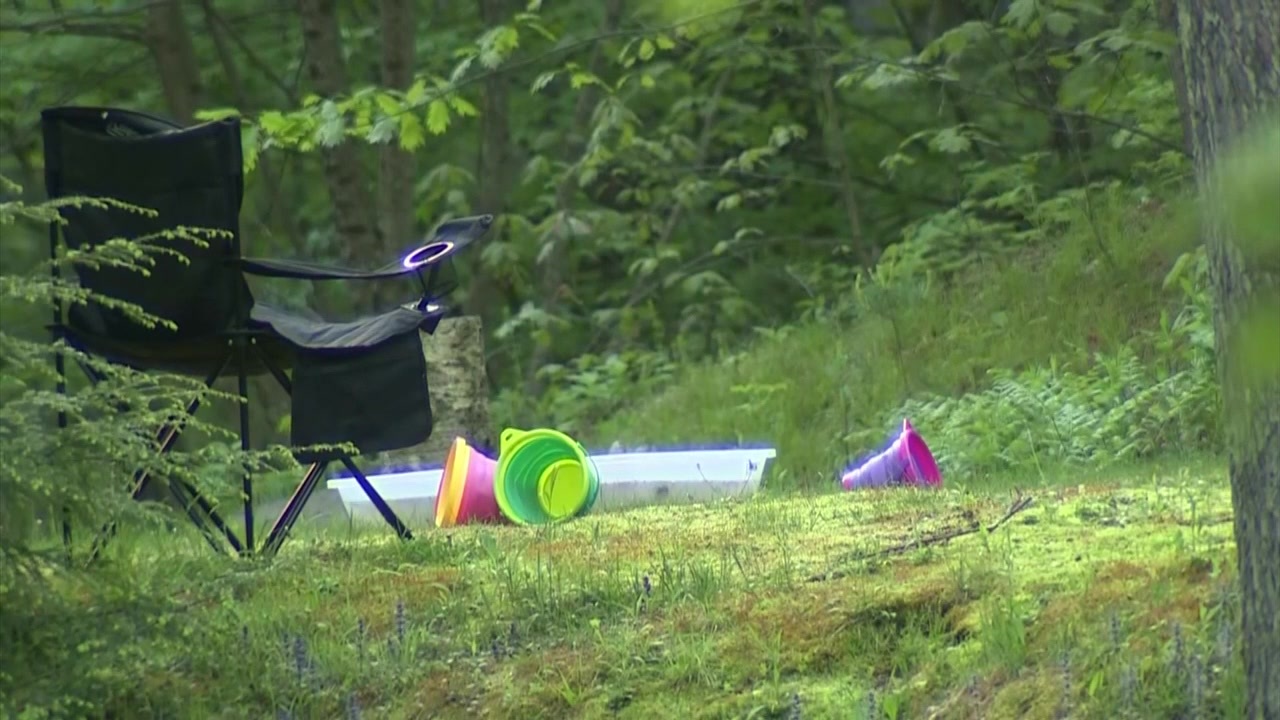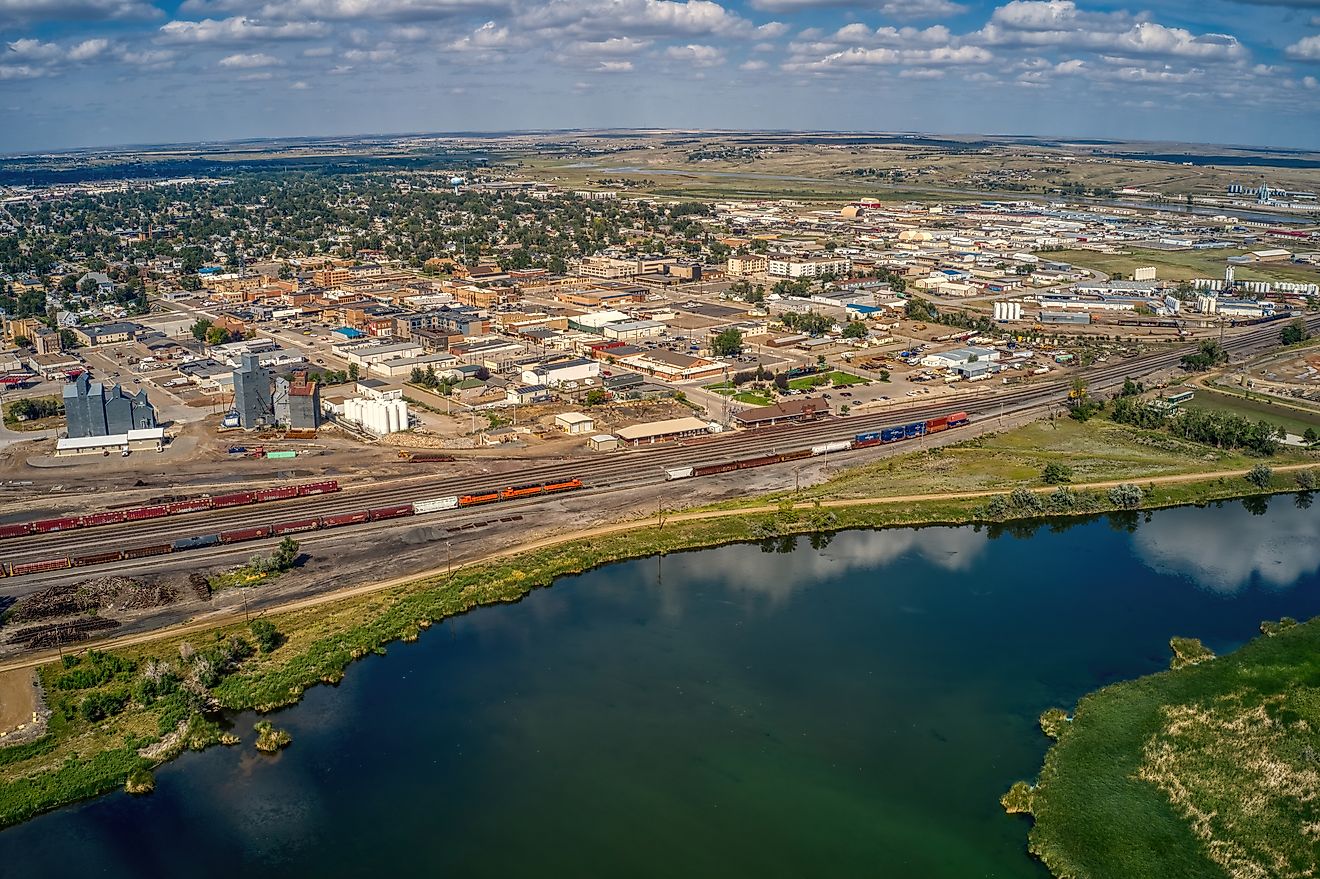Vermont
The Valley Reporter – Vermont ecologist advocates for rewilding forests and lawns

“Does anybody recognize this seed?” ecologist Shelby Perry asked the audience, pointing to an image projected on the wall of the Mad River Valley Arts (MRVA) gallery last Thursday, April 18. “It’s a tough one.”
It was the seed of an American chestnut tree – a spiny burr that moves around by hooking itself onto mammals’ coats. When found, these seeds are often sterile due to lack of fertilization, Perry said. In the early 20th century, a blight fungus nearly wiped out the entire population.
Perry, an ecologist with the Northeast Wilderness Trust, shared a trove of knowledge about trees in her lecture “Trees and Rewilding” – an event that wraps up the MRVA exhibition “RISE: Trees, Our Botanical Giants.” The show features artworks made primarily from wood, or those that take up more conceptual aspect of trees and forests. It comes down on Friday, April 26.
Perry used field recordings and other bits of audio in her presentation – peepers, chickadees, and the soundscape of a shaded summer forest. She described the intricacies of tree development across the seasons, focusing on the present moment – spring.
It’s a period of re-awakening, of seeds moving, of flowering tree tops, and the birth of baby animals, she said. The audience looked at an image of the flowering tips of a red maple tree.
Perry suggested collecting the budding branches in winter, putting them in a vase of water, and waiting for the buds – either leaves or flowers – to open. “I’ve brought home a lot of red maple twigs,” she said, “and I love it when the flowers open in January and February, when everything is white and I need to see a little taste of spring.”
As for why the leaves are red, Perry said the latest theory argues that the color is a product of a chemical acting as sunscreen for the foliage, which doesn’t yet have the chlorophyll needed to absorb the sun’s energy.
Perry spoke about species that thrive on the ground, alongside trees – wild flowers like Spring Beauty, Trout Lily and Blood Root. As “spring ephemerals,” Perry said, “their whole life cycle is about taking advantage of this moment, right now, before all the leaves come out, and there’s a bunch of sunlight reaching the forest floor.”
Some of these species are in critical partnership with ants, she said. Their seeds have a sugary coating, with ants hauling them to their sandy ant hills, where they germinate and grow from inside.
Perry pulled up an image of the bright orange Eastern newt – a creature that wanders the forest floor for up to a decade in “their Kurt Vonnegut phase,” she said – and the Honeycomb Coral Slime Mold, “single-celled organisms that are essentially a giant bag of nucleuses, that ooze around on the forest floor…then fruit on rotting logs and woods.”
Perry concluded her talk by speaking briefly on the concept of “rewilding” – a form of ecological restoration that aims to restore natural processes, reducing human influence on ecosystems. The Northeast Wilderness Trust is involved in a more passive form of this. They purchase and protect land, leaving it alone and letting natural processes play out. “For me, it feels like an act of humility,” Perry said. “It’s about saying ‘we don’t know what’s best,’ so we can let some places decide for themselves.”
Most of what we know about trees is based on observations from 50-80 year-old forests, she said, with only 3.3% of New England forests currently being rewilded.
Rewilding take a long time, “but somebody has to start the clock somewhere,” she said. Thinking on a small scale, landowners can rewild parts of their land by letting the edges of their property get brush-y and thick. They can also mow paths in their lawn instead of the whole area, letting native species repopulate. It might not seem like much, but Perry said that even letting a half-acre grow wild would be building a home for a ton of really small organisms like frogs, fireflies and slime molds.
“Any place you can just reign in that manicuring a little bit, is a little bit of rewilding, and it’s at a scale that’s beneficial to the small things that fit in that place.”
This year, MRVA’s mission is to host exhibitions and events that show the intersection of art and the environment. The next show, “ALOFT: Birds, Insects and Aerial Phenomena” opens on May 2.

Vermont
‘Sip & Shop’ returns to Rutland

RUTLAND, Vt. (WCAX) – A popular event in Rutland is pairing sipping and shopping.
Sip & Shop pairs Vermont-made food and beverage businesses like Rutland Beer Works and Golden Rule Mead with more than 20 small businesses throughout the downtown.
There are both alcoholic and non-alcoholic options at many of the stores participating.
While there are plenty of old favorites for folks to revisit, multiple new businesses have popped up this spring hoping to catch the eyes of customers.
Hali Issente with the Downtown Rutland Partnership says they are banking on this being a boost to business. “It brings in new traffic, new folks to get to see what they offer. Many new people walk in and say, ‘I never knew you carried all of this, and it’s really great to see that.’ And a lot of businesses have great sales during the evening,” Issente said. “With many new businesses opening in Rutland, they’re going to use this event as an opening day and a really great way to get folks into the door.”
Shoppers can take everything they buy or receive home in reusable bags. The event wraps up at 8 p.m.
Copyright 2024 WCAX. All rights reserved.
Vermont
Outright Vermont finalizes purchase of former Benson scout camp

BENSON, Vt. (WCAX) – Outright Vermont has officially acquired a former Boy Scout property in Benson known as Camp Sunrise.
The purchase will allow the organization to expand Camp Outright, an overnight summer camp tailored to LGBTQ+ and allied youth.
Talks to purchase the camp began in December and were made possible with the help of a grant from the Vermont Housing & Conservation Board.
Officials say they will need to make some design changes before they can open.
Copyright 2024 WCAX. All rights reserved.
Vermont
DEC outlines wetland building policies

BURLINGTON, Vt. (WCAX) – Buying land is a big decision. With so much wetland in Vermont, state leaders are making sure you don’t end up in a soggy situation.
It’s American Wetlands Month, and Vermont’s Department of Enviromental Conservation wants buyers to be informed before they buy.
Regulations can impact whether a property on wetlands can be developed or require a special permit. Some parcells known as swamp lots are mostly wetlands and may not be allowed to be developed under state rules.
You can visit Vermont DEC’s website for a map of Vermont’s wetlands and development and permitting policies.
Copyright 2024 WCAX. All rights reserved.
-

 Politics1 week ago
Politics1 week agoBiden takes role as bystander on border and campus protests, surrenders the bully pulpit
-

 Politics1 week ago
Politics1 week ago'You need to stop': Gov. Noem lashes out during heated interview over book anecdote about killing dog
-

 Politics1 week ago
Politics1 week agoRFK Jr said a worm ate part of his brain and died in his head
-

 News1 week ago
News1 week agoMan, 75, confesses to killing wife in hospital because he couldn’t afford her care, court documents say
-

 World1 week ago
World1 week agoPentagon chief confirms US pause on weapons shipment to Israel
-

 Politics1 week ago
Politics1 week agoHere's what GOP rebels want from Johnson amid threats to oust him from speakership
-

 World1 week ago
World1 week agoPro-Palestine protests: How some universities reached deals with students
-

 World1 week ago
World1 week agoConvicted MEP's expense claims must be published: EU court















